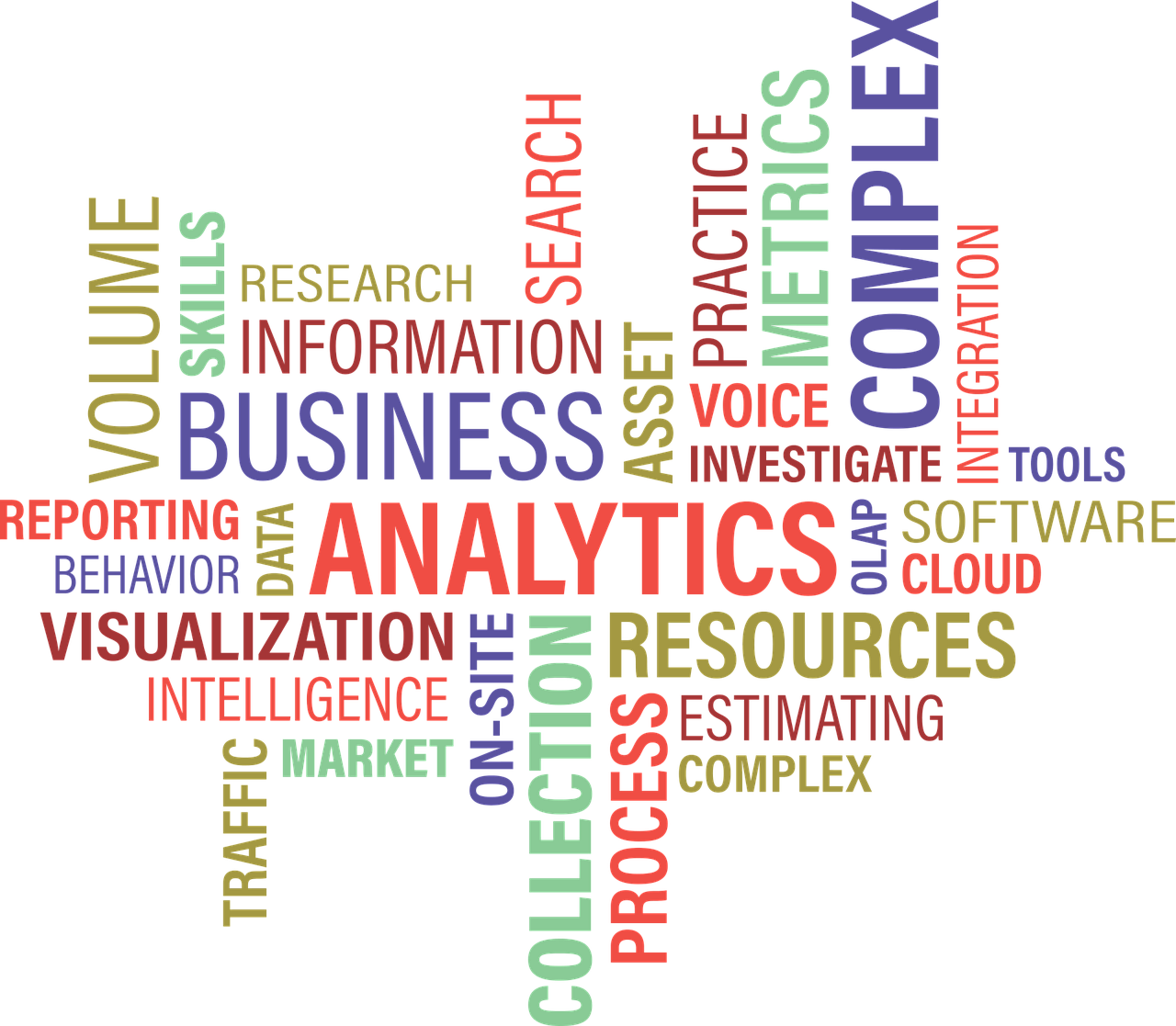
For those uninitiated in the art of charting and visualizing data, the options and possibilities can seem overwhelming. But data visualization is a field that can be accessed at multiple levels, and there are some very intuitive applications and tip sheets that can make the execution of visualizations a lot easier for beginners.
Before even turning to visualization software and applications, it should be said that both Microsoft Excel and Google Sheets have solid capabilities to do visualization, and they are good places to experiment and learn. Of course, one of the biggest hurdles beginners face is figuring out how to organize the data properly in rows and columns. Storybench has an excellent primer on examples of how to do this.
As for applications with increased design and storytelling capabilities, here are a few to check out:
- CartoDB – This mapping application makes uploading and visualizing geographical information easy. It also produces some beautiful maps.
- Plot.ly – This all-purpose data visualization application is welcoming to beginners and experts alike.
- Chartbuilder – This application was designed by the news outlet Quartz to empower more editors and reporters, not just specialists, to do their own data visualization. (See a Journalist’s Resource exercise for some practice.)
- Datawrapper – A tool that most anyone on a news team could use, it allows for quick, easy visualization of many kinds.
- Silk.co – This tool is great for exploring interactive data presentations and helps journalists tell interactive stories.
Quartz has an excellent guide to “bad data” – the typical problems inherent in datasets. There are some go-to blogs on data and data journalism that are worth following. The Journalist’s Toolbox has a huge roundup of tools and resources related to data visualization. And the Data Journalism Handbook has some great case studies.
